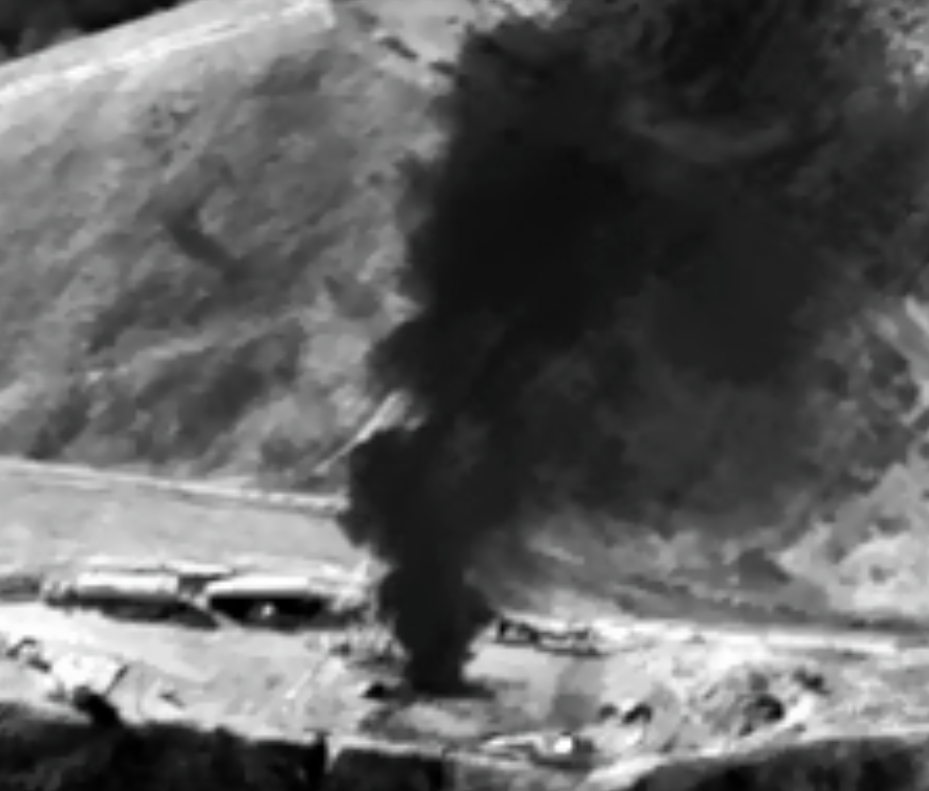 The leak in Southern California Gas Company’s Aliso Canyon Facility released a massive amount of methane – a powerful climate change pollutant. Like other catastrophes, now that the pollution release is stemmed, the focus shifts towards cleanup and mitigation (as well as establishing causation, preventing recurrence, and pursuing legal actions).
The leak in Southern California Gas Company’s Aliso Canyon Facility released a massive amount of methane – a powerful climate change pollutant. Like other catastrophes, now that the pollution release is stemmed, the focus shifts towards cleanup and mitigation (as well as establishing causation, preventing recurrence, and pursuing legal actions).
Last week California took a major step on the cleanup front with the release of the final Aliso Canyon mitigation plan, a plan to cut pollution equal to about 100,000 metric tons of methane. Its aims to achieve these reductions by focusing on the agriculture and waste sectors, increasing energy efficiency and decreasing use of fossil fuels, and reducing methane “hot spots.”
While the portfolio of strategies laid out within the finalized plan is strong, this is only the beginning of a lengthy process, and one in which pushback from SoCalGas is already palpable. As the critical details of the mitigation plan are put into action, adherence to core principles is necessary to ensure mitigation from the Aliso Canyon disaster is a success story for the climate and people of California.
A targeted cleanup takes a targeted focus on methane
Methane is a fast-acting greenhouse gas that is 84 times more potent than carbon dioxide over a twenty year timespan – a pollutant that is responsible for nearly 25 percent of global warming felt today. Due to this near term warming impact, neither California nor the rest of the world can afford to wait to deploy real solutions that cut methane pollution and seek to stem the worst effects of climate change. These methane reduction solutions must occur in addition to efforts to cut carbon dioxide.
By following the science that shows California needs to pursue deep methane reductions, the state should flat out reject efforts like that of SoCalGas to cut its mitigation obligation by 70 percent. This is something the utility tried to argue in a recent letter to the California Air Resources Board (CARB) in March, recommending the agency use the lowest possible value for determining the climate impact of methane, instead of the agency’s accepted metric, which is backed by the latest science. SoCalGas also encouraged CARB to trade reductions between methane and carbon dioxide, even though doing so has been soundly rejected by most observers to the process.
Reducing the region’s dependence on natural gas and associated storage facilities
A multi-agency state analysis on the gas system impacts of the prolonged Aliso Canyon facility closure exposes a real vulnerability in the Southern California power system – we are over-reliant on natural gas and gas storage provided by a single company. This is a company that is also enjoying a monopoly over regional energy supply and delivery.
With the potential for at least 14 days of electric system outages for Los Angeles this summer season, the need for increased deployment of near-term clean energy solutions has never been more important. What’s more, the value of clean energy investments that reduce energy demand and provide timely supply are more obvious than ever before.
These solutions, including demand response, electric energy storage, energy efficiency, and time-of-use pricing, are available and already in use to some degree today. Many of them represent some of the most cost effective, fastest to deploy, lowest carbon and most diversified (read: reliable) ways to reduce peak electric and natural gas use. For example, by increasing energy efficiency, the City of Los Angeles has been able to keep energy demand relatively flat for the past two decades despite adding over one million new residents. Yet, there remains huge untapped potential in residential, commercial, and industrial operations to cut energy demand even further, increase renewables, and use energy more efficiently.
Interim planning should not undercut long-term efforts
Of course, while focus on short-term solutions is necessary, medium and longer-term fixes are also needed. Even with a focus on mandating more clean energy solutions, the system will quickly run into hidden limits that are created by wholesale gas market design – a system that continues to favor natural gas over more diversified resources.
The current Southern California energy market, for instance, is dependent on gigantic gas systems for shifting energy loads and does not sufficiently recognize the value diversified assets can bring to the market through increased reliability. To fix this, California must seek to add competition across its energy markets. By focusing on these solutions, California can cut its overall pollution burden while decreasing the need for natural gas that goes into providing electricity and other forms of energy.
In the final Aliso Canyon mitigation plan CARB has laid out a structure for project selection, management, and oversight. As this plan turns into action, CARB and other stakeholders must stick by the key principles of achieving methane reductions and delivering solutions that reduce the reliance on natural gas and gas storage, which will provide environmental and public benefits for years to come.









